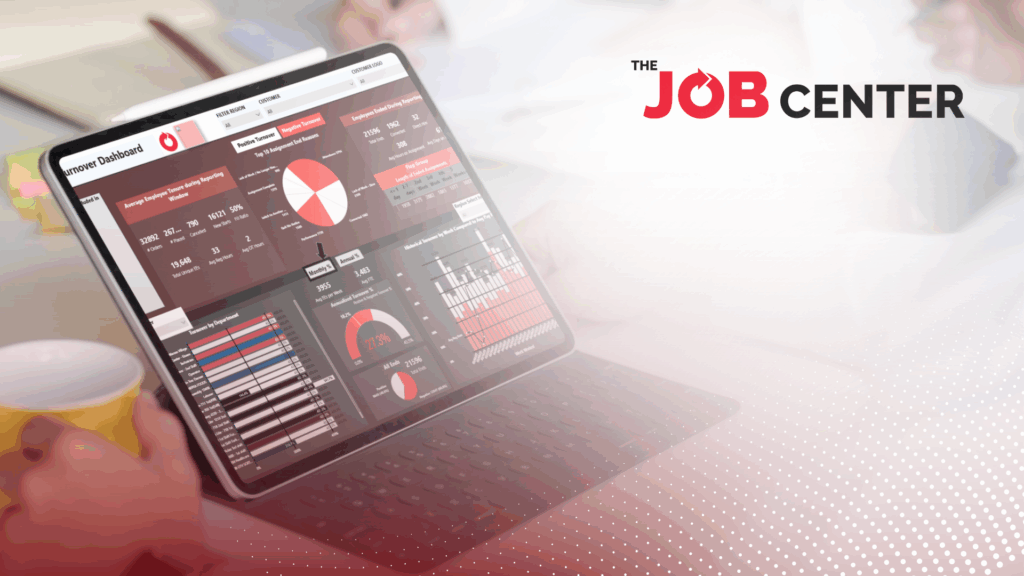From Overwhelmed to Optimized: How to Solve Seasonal Workforce Challenges in Warehousing

A seasonal workforce plays a crucial role in the success of different industries. This is particularly true in sectors like warehousing, where temporary employees are necessary to meet seasonal demands. However, despite its importance, it can be quite overwhelming to manage. When not done properly, it can create more challenges than solutions.
How can leaders and employers solve seasonal workforce challenges in warehousing? This article will delve into different strategies that can be considered.
The Results of Poor Seasonal Workforce Management
Seasonal workforce management in warehousing involves planning for, hiring, training, and supervising temporary employees during predictable busy periods throughout the year. This critical business function requires balancing staffing levels with fluctuating demand to maintain operational standards.
When warehouses fail to develop effective seasonal workforce strategies, they face numerous challenges, such as:
1. Staffing Shortages
Warehouses that fail to hire enough seasonal workers experience staffing shortages. This also happens when companies experience high turnover among temporary staff. Poor planning for seasonal hiring needs can leave warehouses scrambling to find workers during peak periods when other businesses are also hiring.
Without enough staff, existing employees get overworked. This can lead to burnout, callouts, and even more staffing gaps. When positions remain unfilled, warehouses can't process orders at the needed pace, which creates backlogs and missed shipping deadlines.
2. Operational Inefficiencies
Operational inefficiencies occur when warehouses don't have the right number of workers or the right mix of skills to handle seasonal needs. When seasonal workforce management is poor, warehouses struggle with basic tasks like receiving, picking, packing, and shipping orders on time.
This happens because new seasonal workers might not know warehouse layouts or processes, leading to delays. Managers often have to shift experienced workers away from their regular duties to help train or support seasonal staff. This creates bottlenecks in multiple areas of the warehouse.
3. Productivity Drops
New seasonal employees naturally work slower than experienced staff as they learn systems and processes. Without proper onboarding and training, these workers may never reach normal productivity levels during their temporary employment.
Poorly managed seasonal workforces often have unclear performance expectations or lack incentives to work efficiently. Regular employees may also become less productive when they're constantly interrupted to help new workers or fix their mistakes.
Read more: Navigating Peak Season: A Guide to Success
5 Strategies to Optimize Seasonal Workforce Management
Warehouse efficiency can only be achieved when labor shortages and ineffective management are resolved. To help you improve your operations and manage your workforce, the following are strategies you can adopt:
1. Workforce Forecasting and Planning
Workforce forecasting and planning is the process of using past data and future projections to determine how many workers you'll need during peak periods. This strategy is essential because it provides a clear roadmap for seasonal hiring, helping you avoid last-minute staffing and excess idle workers.
Warehouse employers can implement effective forecasting by tracking data from previous peak seasons. This should include information about:
- Order volumes
- Productivity rates
- Staffing levels that worked well
Upcoming business changes like new product lines or expanded delivery areas that might affect staffing needs should also be considered.
Good planning means starting the hiring process early. Instead of finding professionals a week before, start your search two to three months before the peak period. Work closely with your sales and marketing teams to understand upcoming promotions that may potentially create additional demand.
2. Contingency Plans
What if your forecast was wrong? This is where contingency plans come in handy. In simple terms, these are backup strategies for when seasonal staffing doesn't go as expected. These plans are necessary because even with good forecasting, unexpected issues can still arise. For example, you might face higher-than-expected order volumes or several employees calling in sick at once.
To implement effective contingency plans:
- Identify your most critical positions and create backup staffing options for these roles first.
- Develop relationships with staffing agencies instead of relying solely on an on-call list of previous seasonal workers.
- As a last resort, keep a list of current employees willing to work overtime during emergencies.
It's the responsibility of the warehouse manager to identify which operations could be temporarily adjusted during extreme staffing shortages. From extending shipping timelines for non-priority orders to reassigning workforce responsibilities, the key is to always have a backup plan ready.
3. Flexible Workforce Models
A flexible workforce model involves creating different types of employment arrangements to align with changing labor needs. This approach allows warehouses to scale their workforce up or down as needed—without the costs and complications of hiring or laying off full-time staff.
For successful implementation, begin by creating a multi-tiered staffing approach:
- A core team of full-time employees who work year-round
- A secondary group of part-time regular employees whose hours can be increased during busier periods
- Seasonal temporary workers hired specifically for peak times
You can also consider offering flexible scheduling options like four-day workweeks, weekend-only shifts, or evening hours to attract workers with nontraditional availability.
By allowing flexibility among your workforce, you're ensuring your warehouse always has the right number of workers. This sets you up for success as you navigate the fluctuating demands of your target customers.
Read more: The 'Temp-to-Hire' Advantage: Building a Talent Pipeline that Evolves with Your Business
4. Retention of Seasonal Workers
Instead of constantly searching for new seasonal workers, effective warehouse management involves utilizing your existing network. This approach focuses on creating positive experiences for seasonal employees to convince them to return for future peak seasons. This is important because rehiring previous seasonal workers saves you money on recruiting and training. It also helps secure workers who are already familiar with your warehouse operations.
One way to improve retention is to treat seasonal staff with the same respect and inclusion as permanent employees. Include them in team meetings, recognition programs, and other aspects of company culture. Additionally, conducting exit interviews with seasonal workers at the end of their contracts can provide valuable insights into what encourages them to return—or what might hold them back.
Staying in touch between seasons through occasional emails, social media groups, or even seasonal gatherings can help maintain connections as well. Many warehouses offer returning seasonal workers higher pay rates, better shift options, or leadership roles that you can consider adopting. Remember to reach out within your established networks before starting your recruitment process.
Read more: How to Retain Top Performers in High-Turnover Roles Without Breaking the Budget
5. Connecting with a Trusted Staffing Partner
Maintaining smooth warehouse operations can be challenging without a strong network or effective strategies. The best way to gain these quickly and without too much cost is to reach out to a trusted staffing partner. The right professional staffing firm has expertise in quickly finding and screening large numbers of workers with specific skills.
Warehouse leaders can develop effective staffing partnerships by first researching agencies with experience in warehouse or logistics staffing. Focus on finding firms that specialize in these sectors rather than general employment agencies.
Instead of working with many different agencies, it's better to build deep relationships with a trusted partner like The Job Center Staffing. By providing detailed job descriptions, required skills, and company culture information, you can expect your chosen staffing firm to match your needs with the appropriate candidates. Furthermore, sharing forecasts and staffing plans with your chosen partner months in advance is ideal, as it allows them ample time to build a qualified candidate pool tailored to your needs.
Overcome bottlenecks and challenges with The Job Center.
Here at The Job Center Staffing, we understand the challenges your company faces. We are equipped with the expertise necessary to provide you with the best practices and guidance to help you reach your milestones.
Our mission goes beyond simply filling your workforce—we're here to change lives. We are committed to building relationships that are mutually beneficial to our clients and associates. With us as your partners, you can rest knowing your warehouse operations are secure.
Contact us today to learn more!

About
James Oden
Other articles





